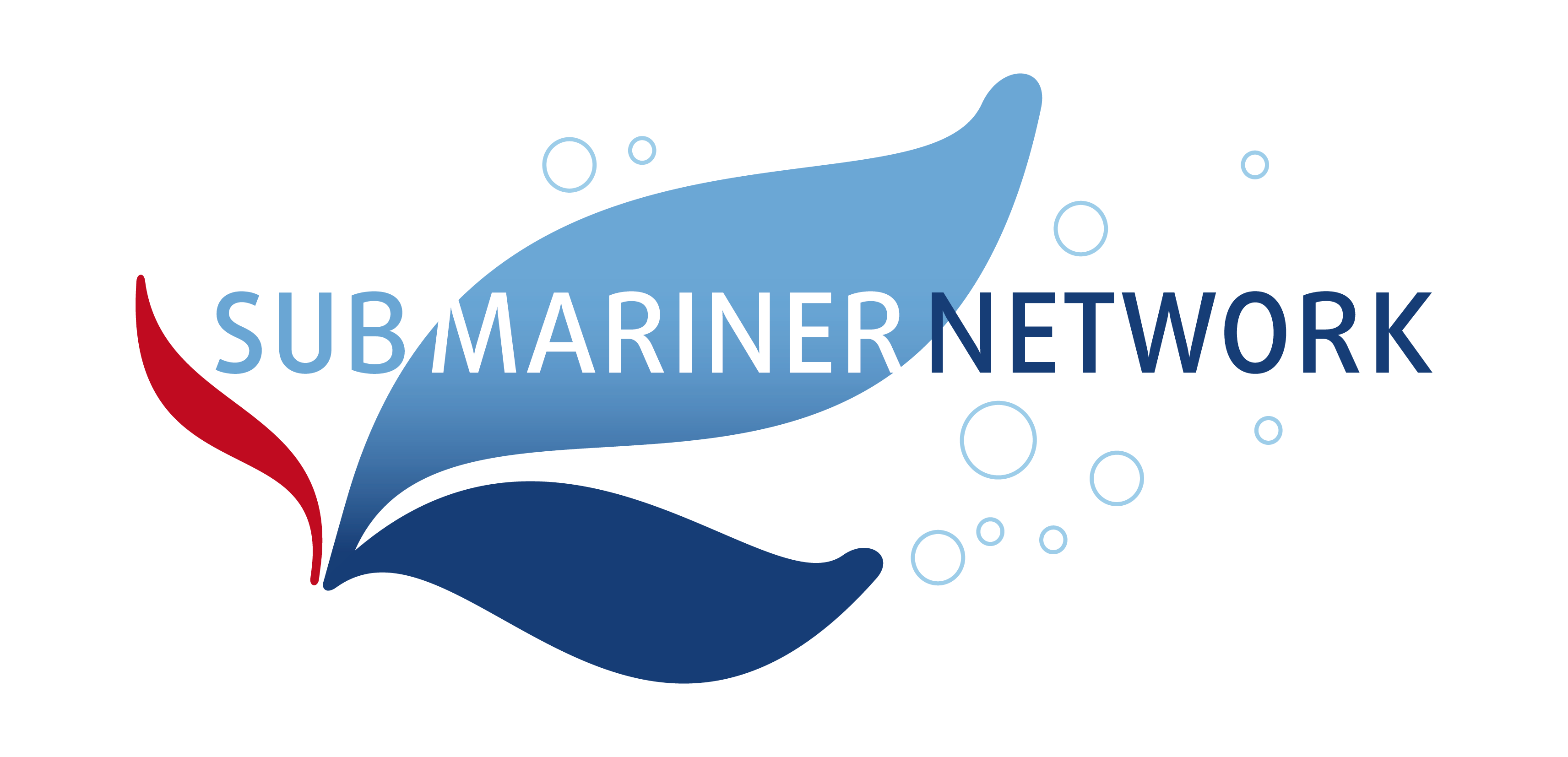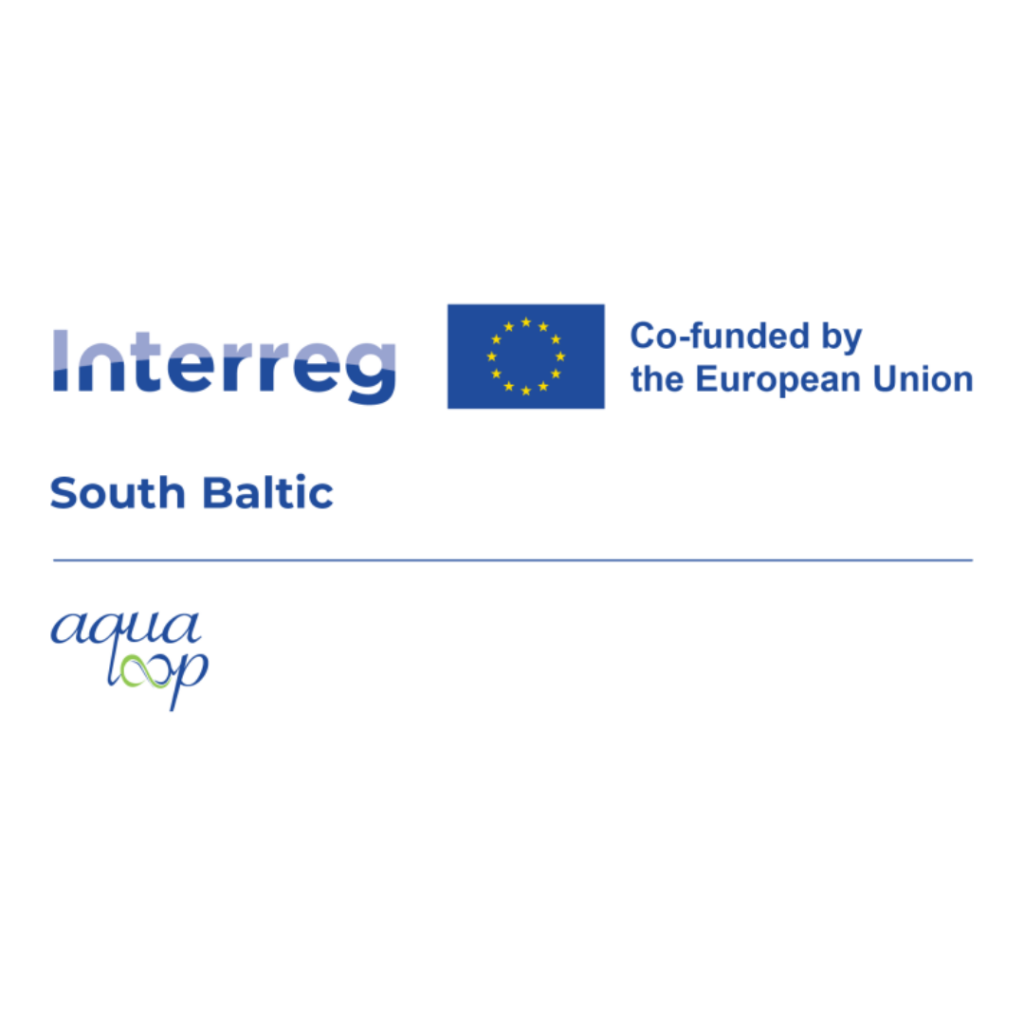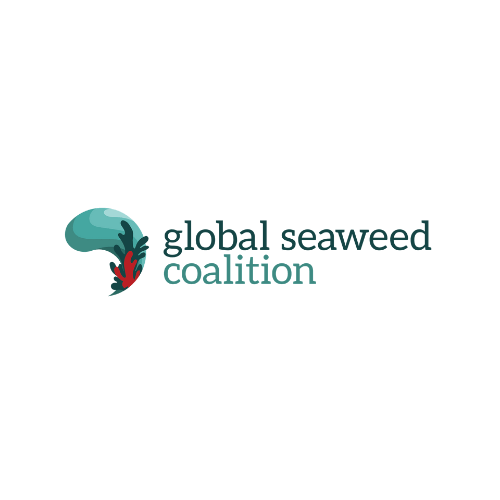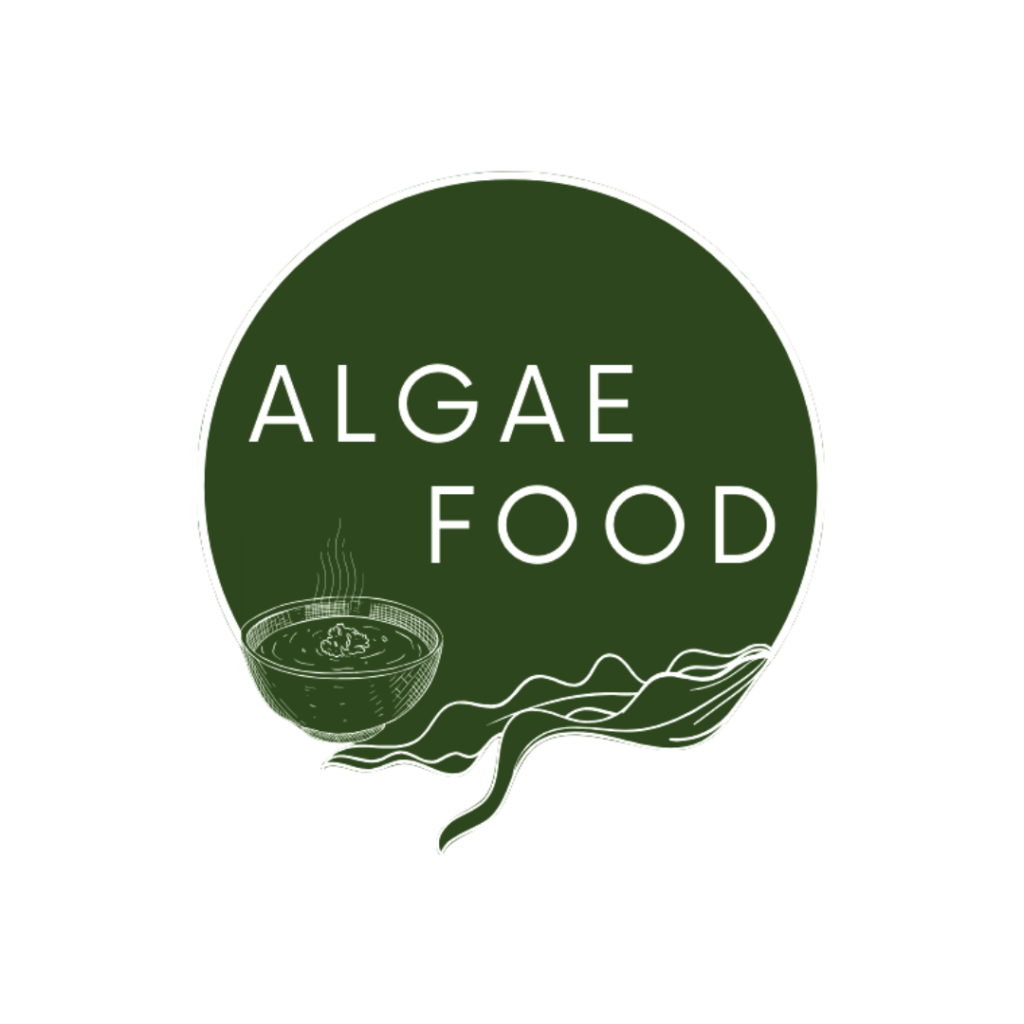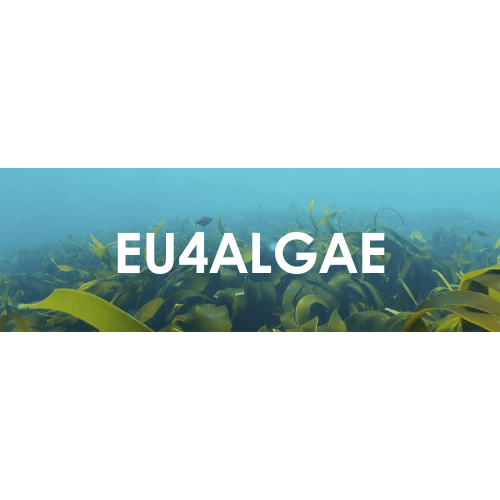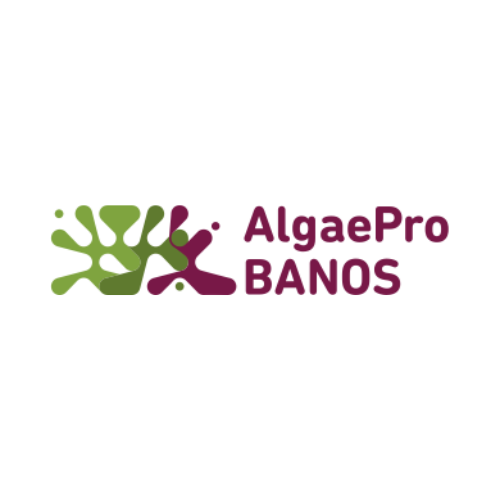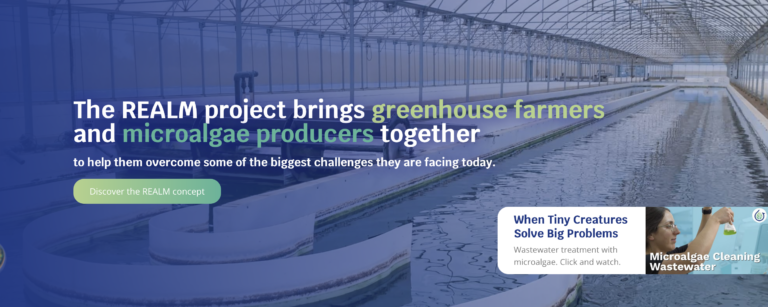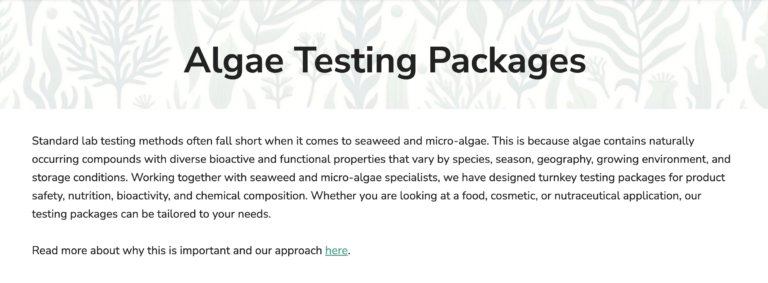ALGAE CULTIVATION, PROCESSING AND PRODUCTS
Scaling up climate friendly algae cultivation and fostering innovation for a blue bio economy
Unlocking the potential of algae
Algae are a diverse group of aquatic species that grow in the Baltic environment using photosynthesis, e.g., sunlight. They are an excellent source of nutrients, energy, and added-value bioactive compounds useful in many product applications. Most importantly, algae can provide important ecosystem services like nutrient uptake, prevention of ocean acidification, and contributing to carbon uptake and recycling.
By promoting sustainable algae cultivation, processing, and product development in the Baltic Sea, we envisage its scaling up and scaling out a transformative tool to mitigate eutrophication, bolster aquatic ecosystems, and provide a healthy source of nourishment for both human and animal consumption. Beyond nutrition, the versatility of algae as a material allows it to be used for fertilisers, cosmetics, nutraceuticals, and an array of other products.
Discover our algae projects
We’re supporting businesses to deliver market-ready products and developing models for the development of large-scale algae farms
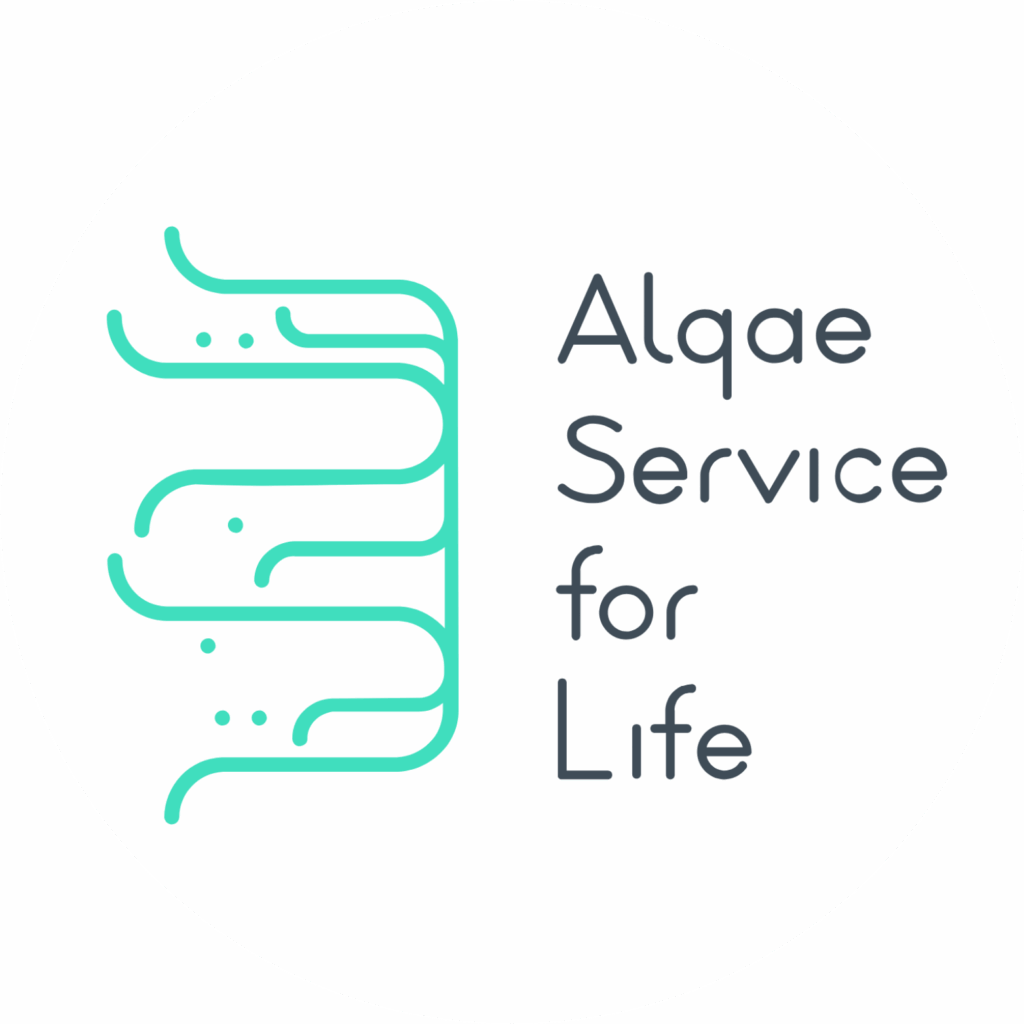
Algae Service For LIFE

I3-4-SEAWEED

Study to Support Sustainable EU Algae Industry
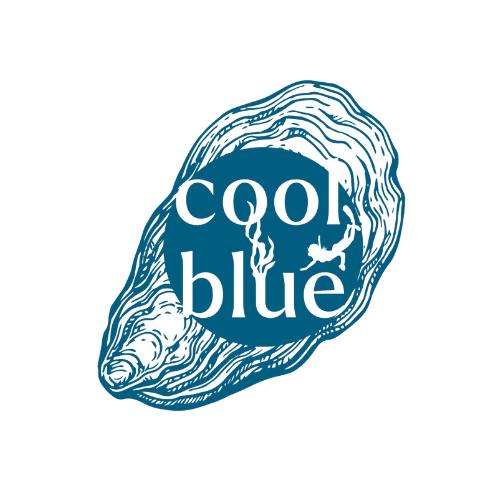
COOL BLUE Baltic
Bolstering the market for algae
Realizing the environmental and economic potentials of this underutilised product, the demand and interest for algae-based applications is growing. However the full potential of algae cultivation, processing, and product development in the EU is currently hindered by segmented legislation and an underdeveloped market. The expansion of the EU algae market is limited by low production volumes and high costs, which in turn reduces interest from investors seeking to capitalise on this burgeoning industry.
Should these challenges be addressed, it is realistic to envision a future where annual harvests of algae in the Baltic are in the tens of thousands of tons, delivering significant economic and environmental benefits. For example, algae play an important role in bioremediation by taking up nutrients and pollution from the water. Together, through our projects and members we are seizing the opportunity to tackle these challenges and to ensure that the full potential of algae can be realised.
Algae resources hub
Our specialists have put together a collection of publications, additional relevant projects, tools, and resources on the topic of algae cultivation
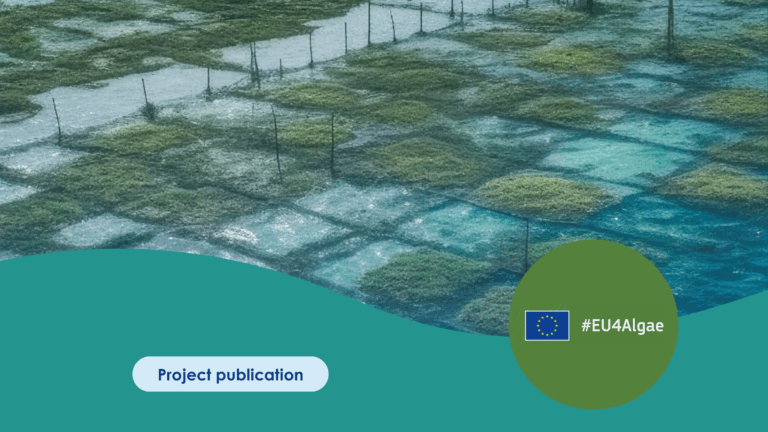
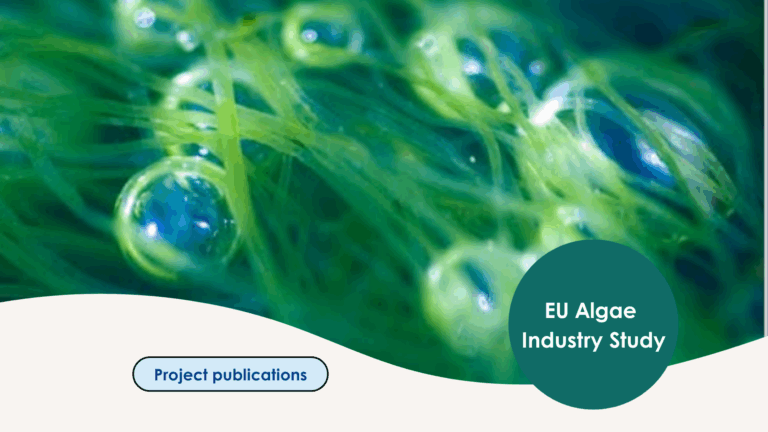
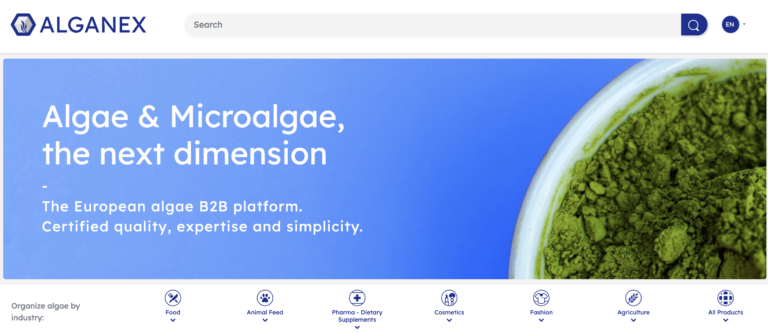

Latest algae news

Algae Accelerator Open Call 2 is Live
The Algae Accelerator is back for its second open call.

Launch of the ALLIANCE Project
The ALLIANCE project officially started with a great kick-off meeting

Registration Now Open to the Public for the 2nd EU Algae Awareness Summit
Registration is now open to the public for the 2nd
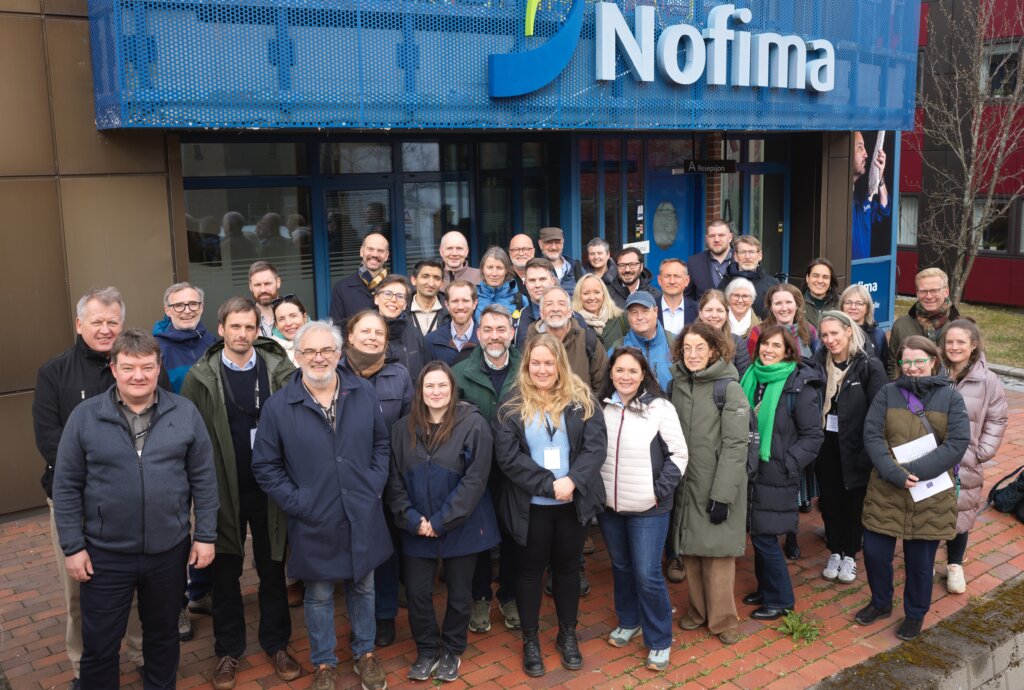
Launching OCCAM: A New EU Project to Future-Proof European Aquaculture Against Climate Change
Berlin, May 19, 2025 – May 1 marked the official

Funding for AlgaeProBanos Seaweed Products
With €12 million in funding, partners in the EU-project AlgaeProBANOS

The AlgaeProBanos Project selects 10 startups for mentoring services
After receiving over 40 interesting applications, the AlgaeProBANOS project selected

Webinar: Harmonising Algae-Based Life Cycle Assessments (LCA): Selecting System Processes and Data Providers
On 4th February 2025, LCA experts from five EU-funded algae

Applications Open: Algae Accelerator Mentorship Programme
Are you a startup or SME in the algae industry

Webinar: Mentoring opportunities for start-ups and SMEs in the blue bioeconomy sector
On June 17, AlgaeProBANOS, Blue Bio Clusters, and Baltic Muppets

Green Claims Working Group – Summary and Recording
What are green claims and how will the new legislation
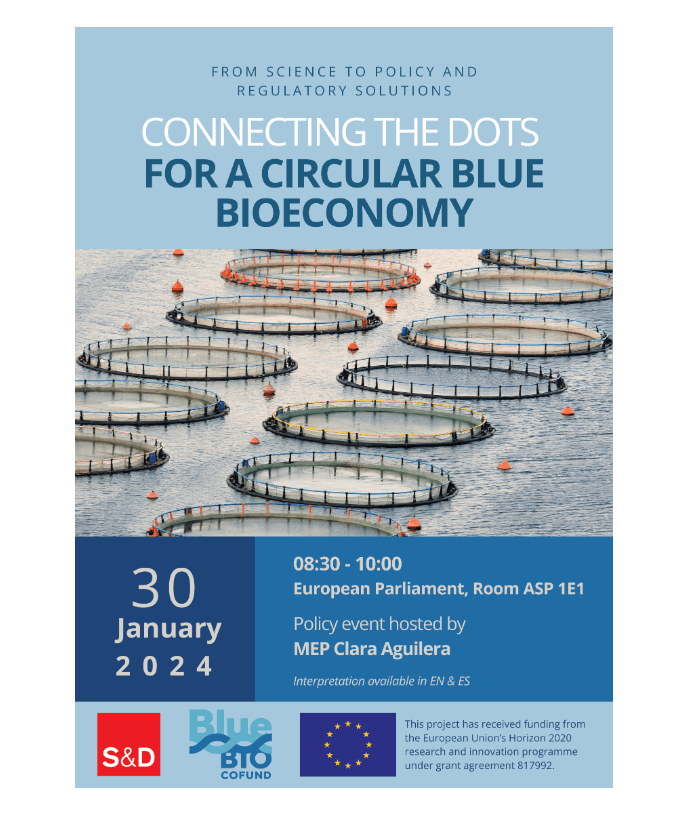
Event Report – Connecting the Dots for a Circular Blue Bioeconomy

Algae Species Added to the EU Novel Food Catalogue
Thanks to efforts of the Commission (JRC, SANTE, MARE) and
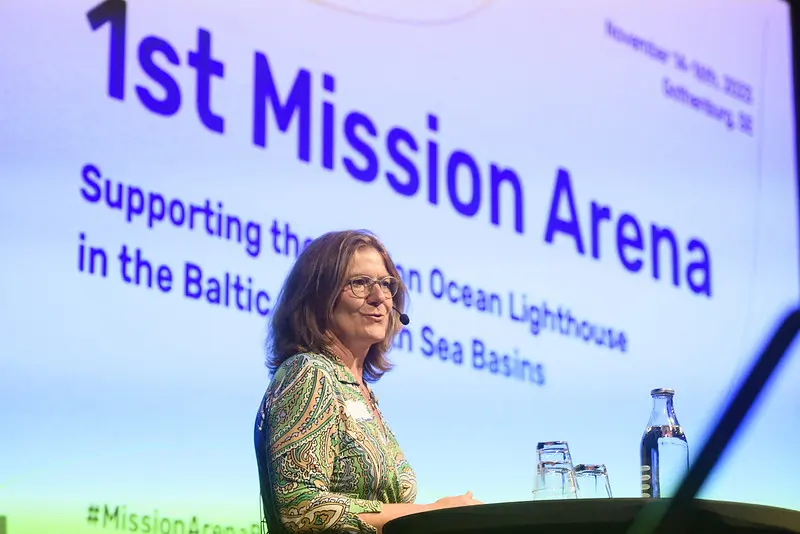
Roadmap Set for the Blue Economy in the Western Baltic
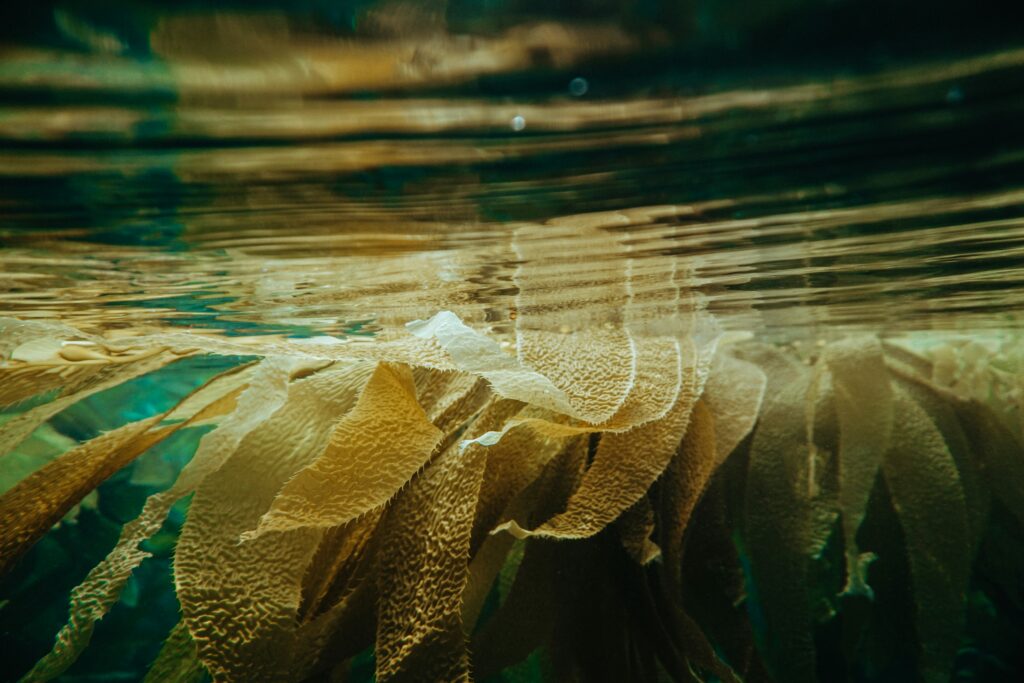
Testing the Offshore Technologies of Tomorrow

Mussel Farming in the Baltic Sea: Estonia
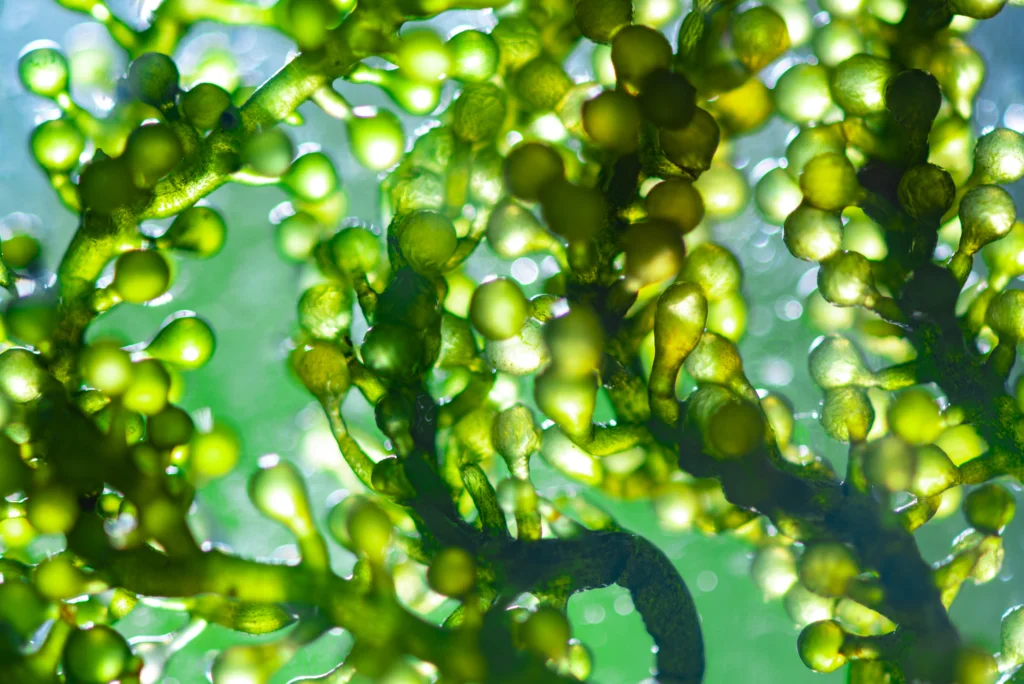
Mainstreaming Algae Products Across Industries in Europe

Unlocking the potential of algae for a thriving blue bioeconomy in Europe

Connecting the Blue Sector: BlueBioMatch
Still have questions? We have answers
How much algae is in the Baltic Sea?
As a result of eutrophication, the amount of macroalgae throughout the Baltic Sea has increased. Precise figures are missing due to lack of monitoring, but especially in South Sweden and Denmark substantial amounts of beach wrack assemblages in the range of 70,000–85,000 tons of dry weight per year can be found. Whereas it is difficult to use them readily as fertilizers on agricultural land due to the risk of high-level metal content, there are promising results of pilot studies carried out in using macroalgae as a part of locally available biomass resource mix for biogas plants).
Also, intensive aquaculture of Baltic macroalgae can provide for an important food and feed source, but also a valuable resource for ingredients, materials and energy. Brown and red algae species can grow inside the proper providing ecosystem services, by reducing the nutrient load and combatting climate change by fixing CO2 in biomass.
Is algae a viable source of food for people?
Macroalgae may be used for human consumption and is a healthy nutritional source: edible macroalgae have high water content, are low in calories and rich in vitamins and minerals. Some species are high in digestible proteins (20–25 % protein of wet weight) and the fibre content is usually higher than in terrestrial plants. Brown and red algae species are mainly used. The brown macroalga Laminaria japonica (know as kombu) is particularly popular. Moreover, the brown alga Undaria sp. (known as wakame) and the red alga Phorphyra sp. (known as nori) are economically important macroalgae species for human consumption. The interest in Asian food in Europe and the Baltic Sea Region has increased during the last decade but the use of macroalgae as food is still a small business. Source
What is the potential of algae for feed and fertilisers?
Macroalgae are also often used as an additives to animal feed due to their high content of minerals, trace elements and vitamins. Brown macroalgae are most frequently used for this purpose. Some species of red macroalgae have been reported having very promising beneficial properties connected with reducing the methane production of livestock. Source
However, the increased sedimentation of biodeposits (especially faeces) underneath a mussel farm can locally have a negative impact on the benthos if the mussel farm is placed in a coastal area with slow water currents and bad oxygen conditions. The organic enrichment of the underlying seafloor may lead to hypoxic conditions, releasing nutrients from the impacted sediments into the water. Studies have so far shown that any adverse effects have been restricted to the immediate vicinity of the mussel farms. If a location with well-oxygenated sediments is chosen, negative effects of mussel farming can probably be avoided or reduced.
